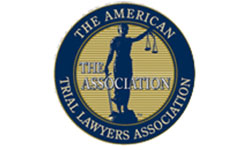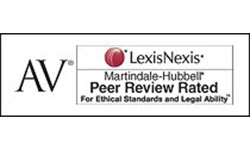Sexual abuse in athletic settings is a widespread and deeply distressing issue that has surfaced in youth leagues, collegiate programs, and even national sports organizations. Trusted figures such as coaches, athletic trainers, and team doctors have repeatedly been accused of exploiting their authority to commit acts of sexual misconduct, often targeting young athletes who are physically and emotionally vulnerable.
Sports are meant to foster discipline, resilience, and personal achievement. But when sexual abuse in athletic programs is allowed to occur unchecked, these institutions can instead become spaces where silence, fear, and trauma take hold. For many survivors, the impact extends far beyond the playing field, affecting their sense of trust, identity, and well-being for years to come.
Many of these cases reflect not just the actions of individual offenders but broader institutional failures, where athletics organizations overlooked sexual abuse red flags, ignored reports of sexual abuse, or prioritized reputations over athlete safety.
Greater public awareness of sexual abuse in athletic programs has led to some progress, but many survivors still struggle to find justice or healing. Understanding how abuse happens—and how institutions can be held responsible—is an important step toward meaningful change.
Understanding Sexual Abuse in Athletic Programs
Sexual abuse in sports happens when someone in a position of authority—like a coach, trainer, or team official—crosses physical or emotional boundaries in a way that is unwanted, inappropriate, or abusive. This can include:
- Invasive physical contact under the pretense of instruction or care
- Sexual assault or coercion
- Manipulation disguised as mentorship
- Sexual comments, unwanted advances, or inappropriate communication
- Grooming behaviors are designed to isolate or control the athlete
These acts are not limited to one level of sport. Sexual abuse has been uncovered in youth leagues, high school and college programs, Olympic teams, and professional organizations. It is especially devastating how often it happens behind closed doors—under the radar and dismissed by institutions.
Dynamics of Sexual Abuse in Sports Environments
Sexual abuse in sports often unfolds within systems that fail to protect athletes. While individual perpetrators are responsible for their actions, institutional environments frequently enable the abuse by overlooking warning signs, failing to enforce safeguards, or prioritizing reputations over athlete welfare.
In many athletic programs, authority figures such as coaches, trainers, and team officials hold significant power over athletes’ participation, advancement, and visibility. This imbalance can be exploited, especially when there are few checks in place to monitor behavior or respond to concerns. Over time, some institutions have developed cultures where boundary violations are minimized or dismissed, creating environments where sexual abuse in athletic programs is more likely to occur and less likely to be reported.
Institutional Culture, Power, and Silence
Athletes, especially minors, are often encouraged to trust their coaches, push through discomfort, and prioritize team success above all else. These values can be twisted in environments lacking oversight, making it difficult for athletes to recognize sexual abuse or feel safe speaking out. When concerns about sexual abuse in an athletic program are raised, survivors may encounter disbelief, blame, or inaction, particularly if the accused is a high-profile or long-standing member of the organization.
What allows the abuse to persist is often not just individual behavior, but the failure of systems to intervene. Staff may look the other way. Complaints may be buried. Safeguards may be missing or inconsistently enforced. In some cases, institutions have knowingly allowed athletic program sexual abuse to continue in order to avoid scandal, liability, or disruption.
The Systemic Failures
The systemic failures of athletic programs to protect athletes from sexual abuse compound the harm survivors experience. They foster silence, erode trust, and create long-term consequences not only for individuals but for entire athletic communities.
Acknowledging these institutional dynamics is essential to meaningful change. Preventing sexual abuse in athletic programs—and responding appropriately when it happens—requires organizations to take accountability, implement transparent safeguards, and center athlete safety at every level of decision-making.

















